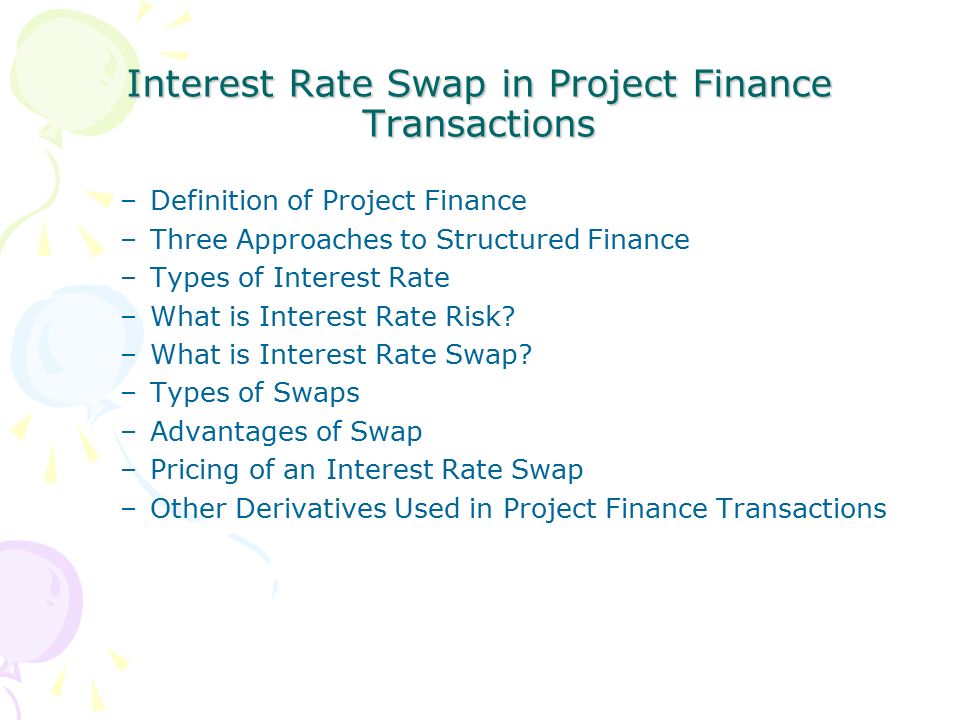The best online accountancy software for contractors
Content
So you may not have a choice of provider, so find out what software an accountant supports before signing up, if this is important to you. With so many different products available, how do you know which bookkeeping software is best for your contracting business? Our quick guide provides a few key pointers that should make it easier to decide. Job costing can be tricky, especially when you are managing multiple projects, have high material costs and don’t account for those indirect costs. Don’t panic if you haven’t been particularly organised with your books until now.
It has no additional cost to you, and never affects the editorial independence of our reviews. Billable hoursare an agreed amount of time spent working on a business project that can be charged to a client if accurately measured and tracked. This is not a huge issue for smaller businesses however, who don’t really need it officially until they reach a certain level of profit. One feature Xero offers is 24/7 support, although through our research of the software we discovered that it’s unclear what Xero’s promise of “24/7 support” actually means. Its website is full of helpful guides and instructional videos, but things are much less clear-cut when it comes to getting help from an actual human. Product news, reviews and guides to help every business select the right mix of hardware and software.
Priority Software
Comprehensive accounting software and support for established Limited companies. Depending on the size of your business, the right VAT and tax advice can help you save thousands of pounds in cash. But follow the wrong advice construction bookkeeping – or no advice at all – and you will end up paying way more than you should in tax and VAT. Let us manage your bookkeeping, make sure everything is error-free and help you benefit from the latest tax advantages.
Let Zoho Books do the heavy lifting while you run your business stress-free. Zoho Books assists in tax deduction while paying out the invoices and applies Domestic Reverse Charge on the respective transaction. Come tax season, you can always produce your payments and deduction statements from Zoho Books. Make informed decisions with a detailed report of all the transactions created under CIS for both contractors and subcontractors, including the total amount subject to deduction and the deducted amount. Add multiple advanced filters to customize the report the way you want to view it. If you’re just starting out or looking for a new provider, try our essential guide to choosing a contractor accountant – and see how much the leading accountants charge each month.
How To Raise An Invoice
If an employer wilfully fails to apply the legislation then a fine will result. Crunch boasts over a decade of experience by assisting a plethora of businesses with professional advice and guidance from experts. Whatever your company set-up, Crunch can help you file all of your eligible contractor expenses when you become a client on one of our paid packages. We highly recommend that all contractors should have business insurance, especially in light of the 2021 private sector IR35 reforms.
Our Limited Company service can account for net or gross payments from clients, then calculate any deductions if you are inside IR35. Building projects can last for years and payroll, compliance and accounting can be complex. Ask us today about Invoice Register & OCR to see how much time it could save your construction https://www.scoopbyte.com/the-role-of-real-estate-bookkeeping-services-in-customers-finances/ business. The Evolution Mx range has been developed based on more than 40 years of experience of what construction companies need, and want. If you’re in construction, you’ve heard of the Construction Industry Scheme. But it’s hard work keeping up with all the regulations and filing the monthly returns with HMRC.
What Is The Best Accounting Package For My Small Business?
And because we only work with construction companies, we understand the complexities of the construction industry and how to interpret data. And as if that wasn’t enough, many construction companies have the added headache of managing CIS deductions when they work with subcontractors. Single-entry bookkeeping is more suited to businesses that have minimal transactions or straightforward finances. Depending on the complexity of the business, a bookkeeper’s role will vary. A bookkeeper will usually track business expenses, record transactions, reconcile bank transactions, and maintain your financial records.
- All kinds of tradespeople use it, including plasterers, plumbers and carpenters, as well as builders.
- You need to make sure the structure of your company is sound if you want it to stay running for years to come.
- However, this can be difficult when you also need to deal with the accounting side of your company.
- Quickbooks have focused on making their software as user friendly and attractive as possible.
Simply take a picture of your receipt and Snap will capture all the important data , then automatically record it as an expense in your Crunch account. Crunch can provide an additional service to hide your home address from the public register and provide digital copies of all your company post. We provide you with a London service address for maximum professionalism and confidence. Plans & Pricing- Our subscriptions offer the right plan for every business.
Do business on the go with the mobile app
Growth strategies – your accountant will work to identify and address any inefficiencies within your business whilst also developing strategies to increase revenue. Audit prep – your accountant will ensure all your paperwork is in order and ready for financial audits. More time – instead of spending hours pouring over your books, you can reclaim that time by delegating your accounting tasks to an external party. You need and want a specialised CIS accountant equipped to deal with the complex tax systems you currently find yourself in. With a construction accountant, you can minimise tax liabilities. That’s why Accurox is the best choice for your construction business.
- Learn more about key small business finance topics such as small business funding, tax and pensions.
- The Evolution Mx range has been developed based on more than 40 years of experience of what construction companies need, and want.
- The Plus package is £30 per month and is ideal for businesses managing projects, VAT, stock and tax.
- Experienced construction accountants can use structuring and planning to help increase your business profits.
- Depending on the size of your business, the right VAT and tax advice can help you save thousands of pounds in cash.
- It’s worth asking your accountants which software they recommend to make it easy to share financial information with them.
Our first priority will be getting your books in order and ensuring you’re on the right side of HMRC and the bank manager. The first step is understanding your business and your goals so we can create a finance package that works for you. Managing overhead expenses can be tough when materials need to be purchased in advance, but payment for work won’t be received until after a job has been completed. Double-entry bookkeeping is used where businesses have a high volume of transactions or more complex transactions. Double-entry has two equal and opposite sides – debit and credit. Sales are recorded in the sales journal, payments are recorded in the disbursements journal, and everything is reconciled to your bank statements.
Frequently asked questions about construction accounting
Finance regulations are constantly changing, new tax advantages pop up all the time, and the government creates different industry-specific schemes, like the Construction Industry Scheme, often enough. The construction industry is made up of companies of all shapes and sizes. Appleby Mall can support your company throughout its growth, providing the guidance you need to take your business to the next level in a competitive landscape. However, if your business is growing and you’re struggling to stay on top of your projects and contractors, then an accountant would be a more suitable option.
What is the best accounting software for a contractor?
- Procore: Best for customization.
- RedTeam: Best for bid management.
- QuickBooks for Construction: Best for value.
- Sage 300 Construction and Real Estate: Best for real estate management.
- Construction Accounting by ComputerEase: Best for managing multiple jobs.







